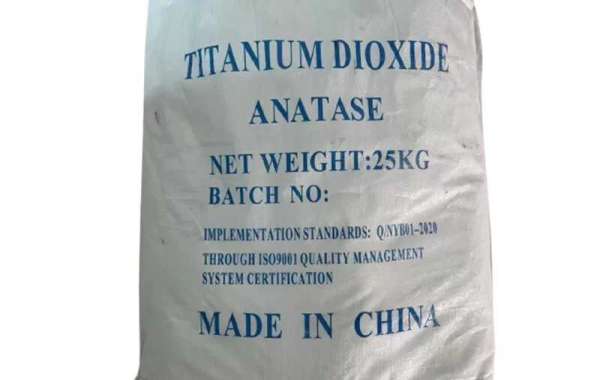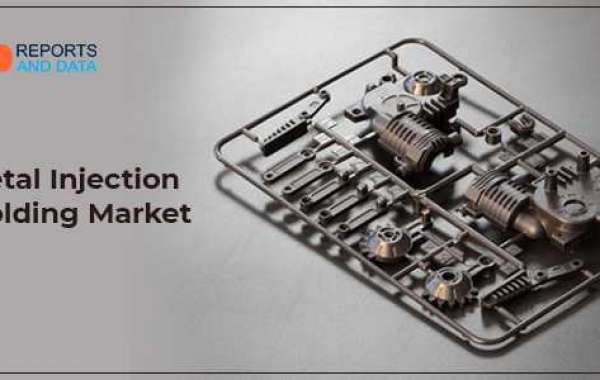1. Why post-processing?
At present, there are two main ways to produce rutile titanium dioxide: sulfuric acid method and chlorination method. Compared with the two, the chlorination method is preferred in most cases, because the sulfuric acid method causes serious pollution and the quality of the finished product is not high. However, although these two methods have different details in the specific implementation, the general production process is the same, and both are composed of two parts: the production of titanium dioxide base material and its post-processing.
Post-processing is to carry out surface treatment on titanium dioxide base material, overcome some inherent defects of titanium dioxide powder (such as photochemical activity), prevent direct contact of titanium dioxide with light, air and water, and improve the gloss, whiteness and weather resistance of the product. sex etc. However, the current domestic titanium dioxide post-treatment process is not yet mature. Many companies choose rough treatment for the purpose of avoiding trouble and saving costs. Some extreme ones directly delete the indispensable link of post-treatment. Use and sell directly after production is complete. This approach greatly reduces the industrial value of titanium dioxide, so how to improve the post-treatment process has become an important research direction.
2. Post-processing process
(1) grinding
Grinding is also called grinding and dispersing. This process is to mechanically grind the TiO2 slurry dispersed by adding a dispersant. The purpose is to separate the agglomerated TiO2 particles into individual particles.
(2) Grading
Classification is to separate the large particles in the ground slurry, and further control the particle size of titanium dioxide, so that the titanium dioxide particles can reach the primary particle state and meet the requirements of the coating.
(3) Envelope
Coating is surface treatment, which is the core step and also the difficulty in the entire post-treatment process. At present, there are many types of coating methods, but in China, chemical reactions are generally used to form a film on the surface of the classified particles in the coating tank, and then by adding different coating agents and changing the relevant conditions during the reaction, so that Get various types of titanium dioxide finished products.
(4) washing
After surface treatment, the surface of TiO2 slurry will attach a little water-soluble salt during the reaction process, especially the chloride radical of chloride salt, which will seriously affect the application performance of the product (such as weather resistance, whiteness, etc.), Therefore, the salt must be removed by washing with water.
(5) dry
After the titanium dioxide is washed and filtered, it contains a lot of water and needs to be dried. Common production processes mainly include spin flash drying, belt drying and spray drying.
(6) Smash
Most of the titanium dioxide collected after drying are particle aggregates, which need to be pulverized to make the particle size meet the standard requirements, so as to obtain the highest possible opacity and covering performance.
To purchase Titanium Dioxide, please contact reputable suppliers such as Wuxi Zhongti New Material Co., Ltd. We can help you find the correct grade and form of titanium dioxide for your needs, with competitively priced options.








